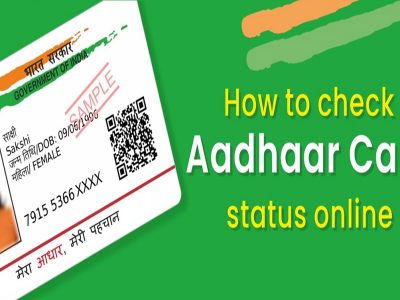
ULIPs are a unique financial product that provides the policyholder with life insurance security and a chance to invest in market-linked instruments. Due to this particular reason and their performance over the years, ULIPs have become very popular amongst the masses. If you are looking to invest in a ULIP plan, you must know the various aspects that might come up during the plan’s tenure. One aspect that many people tend not to consider is the claim process. The primary purpose of a life insurance policy is to provide financial support if the policyholder passes away. Therefore, one must know how to make a claim and the various aspects that factor in such a scenario. Here, we take a look at what you should know when claiming ULIPs.
Types of claims
In a ULIP policy, there are several types of claims one can raise as per the coverage of the policy. All the other claim factors, such as the process involved, the compensation received, the documentation required, and so on, depend on the kind of claim you are raising. Following are three claim types found in ULIPs:
- Death claim: Raised by the nominees to receive the sum assured after the policyholder has passed away
- Maturity benefit claim: Raised by the policyholder when the ULIP completes its full term, with all the premiums paid on time
- Rider claim: Raised when the situations mentioned in the rider plan arise; for instance, a critical illness claim is to be raised when the insured is diagnosed with a covered critical illness.
Process for filing the claim
Though the process for filing a ULIP claim may differ as per the event and the insurer, here is a general gist of how it goes:
- Inform the insurer
The first step of any claim-raising process is to inform the insurer about the event that has occurred. The policyholder can reach out to the insurer and let them know about the illness diagnosis in the case of a rider claim. If the policyholder passes away, the nominees can intimate the insurer about the unfortunate event and get the process started.
- Fill out the claim form
The claim form can be accessed online as well these days. Ensure to double-check the information before submitting it. Even a small mistake can lead to the rejection of your claim and the nominees may be denied the sum assured amount.
- Submit the documents
Documents such as the policy papers, the policyholder’s ID and address proof, and so on, are required in every scenario. Depending on the event, other documents might be required as well. For instance, if the death has occurred due to a road accident, then a copy of the FIR (First Information Report) is to be submitted. A death certificate is also mandatory.
- Settlement and payment process
As per IRDA norms, the insurer can ask for any more clarifications in the next 15 days. Additionally, the insurer has a total of 30 days after the submission of the documents to settle the claim. The IRDA has clarified that, even if there is an investigation, the whole process should not take more than 180 days. Once the claim is settled, the beneficiaries will receive the amount electronically.
ULIP investment FAQs
To provide more clarity on the subject, we answer some commonly asked questions in regard to ULIP and its claims process.
- What are the different types of death benefit pay-outs?
Broadly, there are two types of death benefit pay-outs. In the first type of pay-outs, the beneficiaries receive the sum assured amount in a lump sum payment. In the second type of pay-out, the insurer delivers the sum assured in instalments over a sustained period of time.
- When and why does the insurer reject a ULIP claim?
The insurer has full rights to reject the claim if:
- Any information that can impact the policy’s underwriting principles has been intentionally hidden by the policyholder
- The manner in which the policyholder has passed away is not covered by the policy
- The facts regarding the policyholder’s health and other related matters have been manipulated to suit the beneficiary’s case
- There has been a long delay in informing the insurer of the covered event
- Does the beneficiary receive the fund value as well as the sum assured in the event of the policyholder’s death?
It depends on the kind of ULIP plan you have opted for. Some plans offer only the higher of the two, the sum assured or the fund value, while other plans offer the total of the two.
We hope the points mentioned in the article and the answers to these ULIP investment FAQs help you plan your ULIP journey in a better way.











